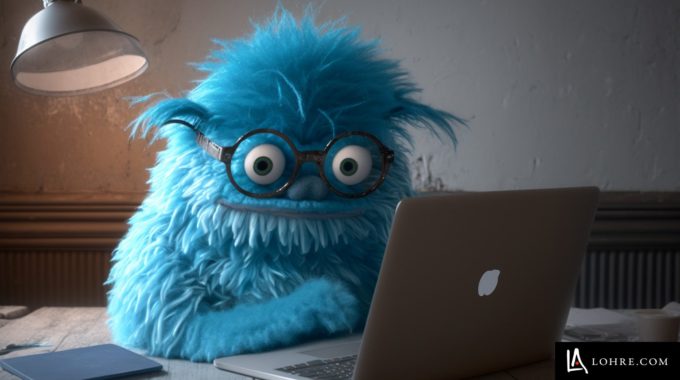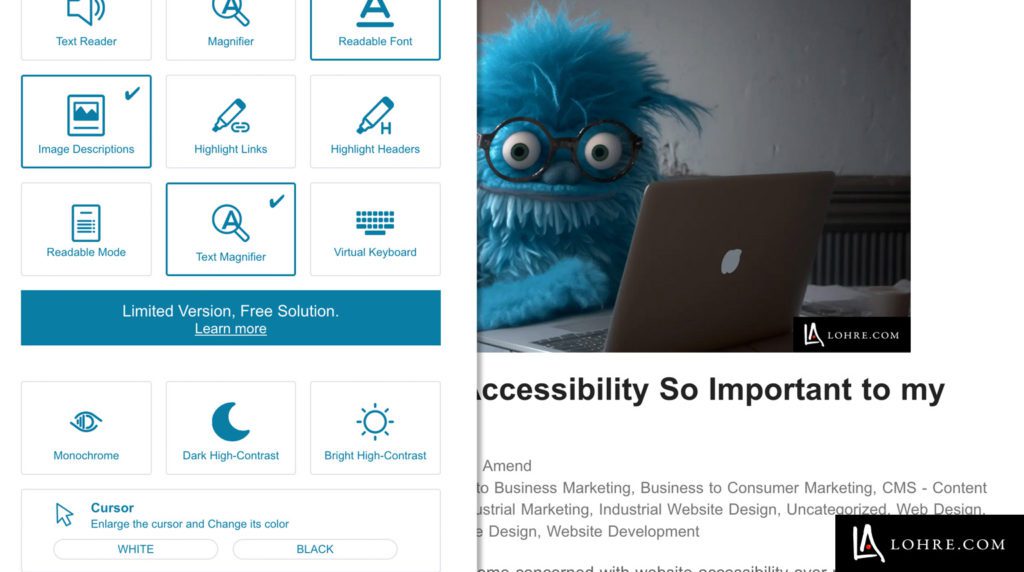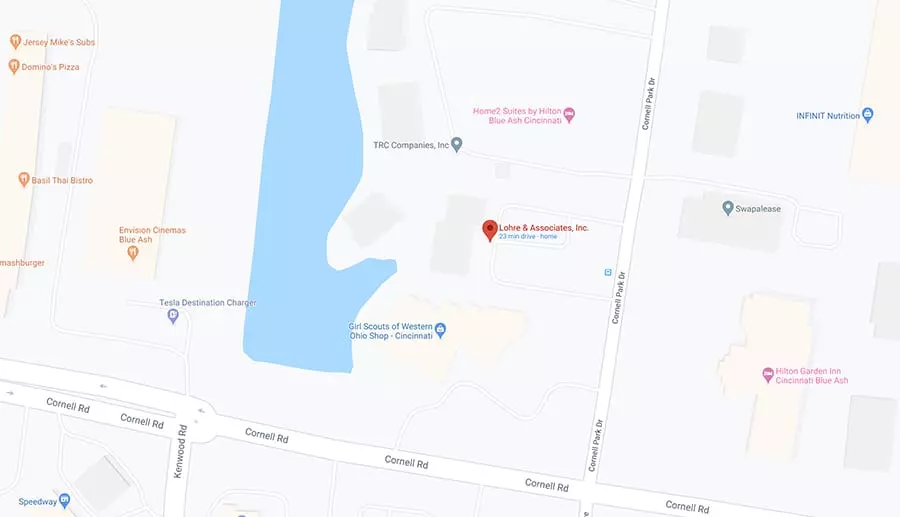Be intentional about including the following tactics in your new year marketing strategy As 2025…

Why is Web Accessibility So Important to my Business?
Many companies have become concerned with website accessibility over recent years. Since 2018 the drive to make industrial websites and other B2B websites more accessible is even stronger than for past standards pushes such as the California Privacy Rights Act, GDPR, AMP compatibility, and even Mobile-friendliness.
Industrial companies tend to be late to embrace new standards, despite their website being the most important and useful asset in a long line of advertising materials, promotional campaigns, and business equipment. We will always recommend the mobile-first design, AMP compatibility, a well-tagged architecture, and other usability or SEO best practices to keep a company on top of their competition and drive new business. The stakes, however, are much higher when it comes to these newer web standards for privacy and accessibility. We cannot stress this enough: Non-compliance might not only cost a company in missed sales, but it can cost a company fines and other penalties. It can even cost a company in reputation and image.
What is Web Accessibility?
Web accessibility is the practice of designing websites and digital content to make them usable and accessible to people with disabilities. Disabilities considered include visual, auditory, physical, and cognitive disabilities.
Does my Website Need a Complete Redesign for Web Accessibility?
Chances are no. We have, lately, seen a lot of companies doing complete overhauls for both accessibility and years-neglected GDPR compliance. The most important thing you can do to start with accessibility, is to create a page with an accessibility policy, and assign a contact for accessibility issues. Having someone to be contacted, and a plan to remedy issues is one of the most important things you can do.

A majority of industrial websites anymore are in WordPress or similar modern CMS (content management systems), so they start off with a lot of the technical basics, schema tags for objects and data, and good content structure. Chances are if you have a modern and well-designed/well-programmed website, some scripts or plugins could get you pointed in the right direction. These can add tools to allow visitors to enlarge text, increase contrast, remove backgrounds, even switch to dyslexia-friendly fonts. Others will also suggest fixes to be made to the overall design or content. These plugins will need configuration, and someone to apply recommended changes, but they make for a much smaller project than starting over from scratch.
Why is web accessibility so Crucial to Industrial Business Websites?
Web accessibility is extremely important in today’s business world. Here are six straightforward reasons why:
- Web accessibility promotes inclusivity: Accessibility ensures that all individuals, regardless of their disabilities, can access and use your digital content, ensuring everyone has an equal opportunity to access your online information.
- Web accessibility increases reach and engagement: By making websites and digital content accessible, businesses and organizations can reach a larger audience and can increase engagement with their target market. People with disabilities make up a significant portion of the population*, and by considering their needs, businesses can expand their customer base.
- Web accessibility is a legal requirement: Many countries have laws requiring websites and digital content to be accessible to people with disabilities. Failure to comply with these laws can result in legal consequences, such as fines and lawsuits.
- Web accessibility improves SEO: Search engines prioritize websites that are accessible and easy to use. By ensuring that websites are accessible, businesses can improve their search presence, making it easier for potential customers to find them.
- Web accessibility enhances usability for everyone: Web accessibility not only benefits people with disabilities but also enhances the usability of websites and digital content for everyone. This includes older adults, people with temporary disabilities (such as vision impaired by allergies or migraines), and those using older technology or low-bandwidth connections.
- Web accessibility is a social responsibility: In a world that is becoming increasingly digital, web accessibility is a social responsibility. It is up to businesses and organizations to help create a more inclusive society by promoting equal access to information and opportunities.
In conclusion, web accessibility is crucial for promoting inclusivity, increasing reach and engagement, complying with legal requirements, improving SEO, enhancing usability, and fulfilling social responsibility. By prioritizing web accessibility, businesses and organizations can create a more inclusive, more equitable digital landscape.
* Disability is a natural part of the human experience. People with disabilities make up a significant portion of the population within all communities, regardless of age, race, ethnicity, or economic status. In 2010, 18.7% of the civilian non-institutionalized population in the U.S. (about 56.7 million people) had a disability. — A Guide to Interacting with People who have Disabilities – DHS.



